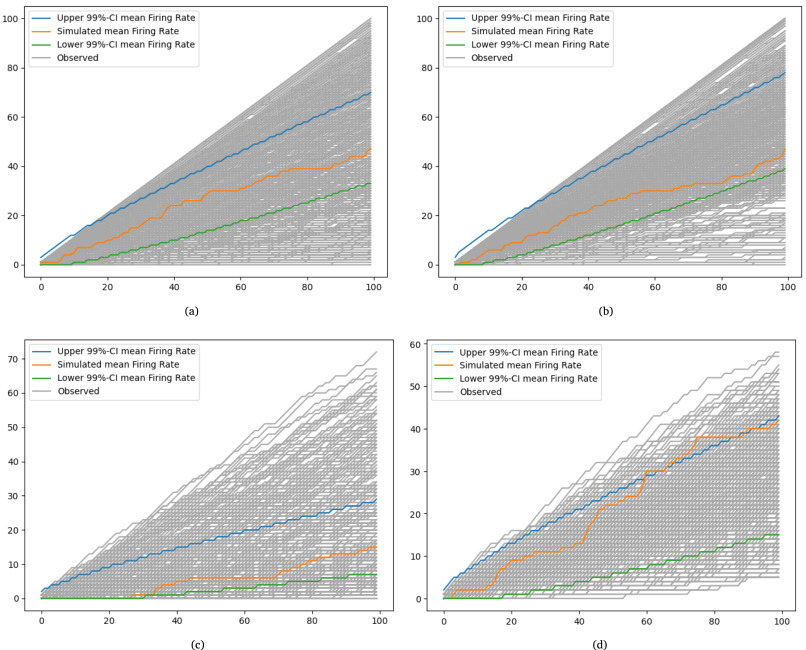
Lehrgebiet: Theoretische Informatik und künstliche Intelligenz
Büro: 01.214
Labor: 04.105
Telefon: +49 208 88254-806
E-Mail:
🛜 http://lab.iossifidis.net
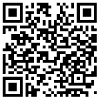
Ioannis Iossifidis studierte Physik (Schwerpunkt: theoretische Teilchenphysik) an der Universität Dortmund und promovierte 2006 an der Fakultät für Physik und Astronomie der Ruhr-Universität Bochum.
Am Institut für Neuroinformatik leitete Prof. Dr. Iossifidis die Arbeitsgruppe Autonome Robotik und nahm mit seiner Forschungsgruppe erfolgreich an zahlreichen, vom BmBF und der EU, geförderten Forschungsprojekten aus dem Bereich der künstlichen Intelligenz teil. Seit dem 1. Oktober 2010 arbeitet er an der HRW am Institut Informatik und hält den Lehrstuhl für Theoretische Informatik – Künstliche Intelligenz.
Prof. Dr. Ioannis Iossifidis entwickelt seit über 20 Jahren biologisch inspirierte anthropomorphe, autonome Robotersysteme, die zugleich Teil und Ergebnis seiner Forschung im Bereich der rechnergestützten Neurowissenschaften sind. In diesem Rahmen entwickelte er Modelle zur Informationsverarbeitung im menschlichen Gehirn und wendete diese auf technische Systeme an.
Ausgewiesene Schwerpunkte seiner wissenschaftlichen Arbeit der letzten Jahre sind die Modellierung menschlicher Armbewegungen, der Entwurf von sogenannten «Simulierten Realitäten» zur Simulation und Evaluation der Interaktionen zwischen Mensch, Maschine und Umwelt sowie die Entwicklung von kortikalen exoprothetischen Komponenten. Entwicklung der Theorie und Anwendung von Algorithmen des maschinellen Lernens auf Basis tiefer neuronaler Architekturen bilden das Querschnittsthema seiner Forschung.
Ioannis Iossifidis’ Forschung wurde u.a. mit Fördermitteln im Rahmen großer Förderprojekte des BmBF (NEUROS, MORPHA, LOKI, DESIRE, Bernstein Fokus: Neuronale Grundlagen des Lernens etc.), der DFG («Motor‐parietal cortical neuroprosthesis with somatosensory feedback for restoring hand and arm functions in tetraplegic patients») und der EU (Neural Dynamics – EU (STREP), EUCogII, EUCogIII ) honoriert und gehört zu den Gewinnern der Leitmarktwettbewerbe Gesundheit.NRW und IKT.NRW 2019.
ARBEITS- UND FORSCHUNGSSCHWERPUNKTE
- Computational Neuroscience
- Brain Computer Interfaces
- Entwicklung kortikaler exoprothetischer Komponenten
- Theorie neuronaler Netze
- Modellierung menschlicher Armbewegungen
- Simulierte Realität
WISSENSCHAFTLICHE EINRICHTUNGEN
- Labor mit Verlinkung
- ???
- ???
LEHRVERANSTALTUNGEN
- ???
- ???
- ???
PROJEKTE
- Projekt mit Verlinkung
- ???
- ???
WISSENSCHAFTLICHE MITARBEITER*INNEN

Felix Grün
Büro: 02.216 (Campus Bottrop)

Marie Schmidt
Büro: 02.216 (Campus Bottrop)
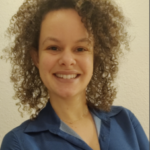
Aline Xavier Fidencio
Gastwissenschaftlerin

Muhammad Ayaz Hussain
Doktorand
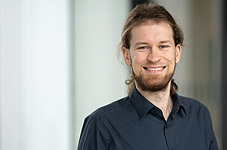
Tim Sziburis
Doktorand

Farhad Rahmat
studentische Hilfskraft
GOOGLE SCHOLAR PROFIL
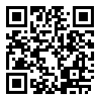
Artikel
Lehmler, Stephan Johann; Saif-ur-Rehman, Muhammad; Glasmachers, Tobias; Iossifidis, Ioannis
In: Neurocomputing, S. 128473, 2024, ISSN: 0925-2312.
Abstract | Links | BibTeX | Schlagwörter: Artificial neural networks, Generalization, Machine Learning, Memorization, Poisson process, Stochastic modeling
@article{lehmlerUnderstandingActivationPatterns2024,
title = {Understanding Activation Patterns in Artificial Neural Networks by Exploring Stochastic Processes: Discriminating Generalization from Memorization},
author = {Stephan Johann Lehmler and Muhammad Saif-ur-Rehman and Tobias Glasmachers and Ioannis Iossifidis},
editor = {Elsevier},
url = {https://www.sciencedirect.com/science/article/pii/S092523122401244X},
doi = {10.1016/j.neucom.2024.128473},
issn = {0925-2312},
year = {2024},
date = {2024-09-19},
urldate = {2024-09-19},
journal = {Neurocomputing},
pages = {128473},
abstract = {To gain a deeper understanding of the behavior and learning dynamics of artificial neural networks, mathematical abstractions and models are valuable. They provide a simplified perspective and facilitate systematic investigations. In this paper, we propose to analyze dynamics of artificial neural activation using stochastic processes, which have not been utilized for this purpose thus far. Our approach involves modeling the activation patterns of nodes in artificial neural networks as stochastic processes. By focusing on the activation frequency, we can leverage techniques used in neuroscience to study neural spike trains. Specifically, we extract the activity of individual artificial neurons during a classification task and model their activation frequency. The underlying process model is an arrival process following a Poisson distribution.We examine the theoretical fit of the observed data generated by various artificial neural networks in image recognition tasks to the proposed model’s key assumptions. Through the stochastic process model, we derive measures describing activation patterns of each network. We analyze randomly initialized, generalizing, and memorizing networks, allowing us to identify consistent differences in learning methods across multiple architectures and training sets. We calculate features describing the distribution of Activation Rate and Fano Factor, which prove to be stable indicators of memorization during learning. These calculated features offer valuable insights into network behavior. The proposed model demonstrates promising results in describing activation patterns and could serve as a general framework for future investigations. It has potential applications in theoretical simulation studies as well as practical areas such as pruning or transfer learning.},
keywords = {Artificial neural networks, Generalization, Machine Learning, Memorization, Poisson process, Stochastic modeling},
pubstate = {published},
tppubtype = {article}
}

